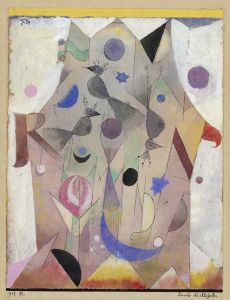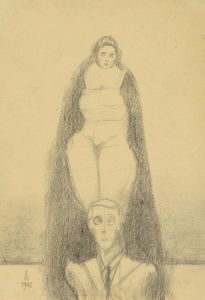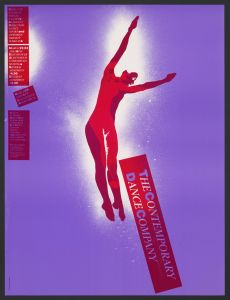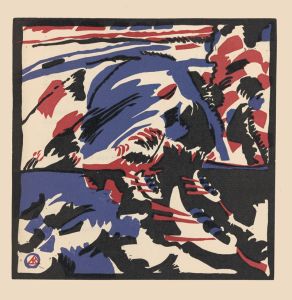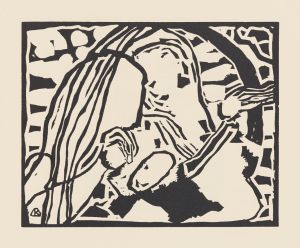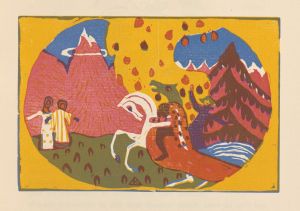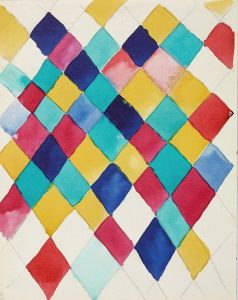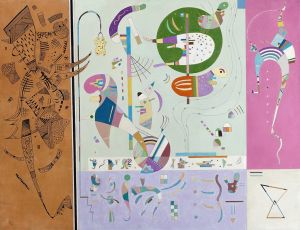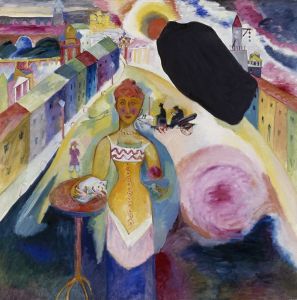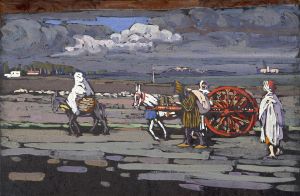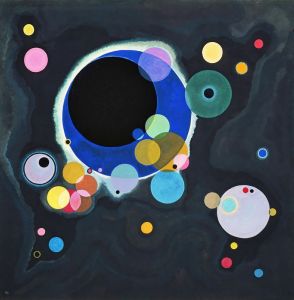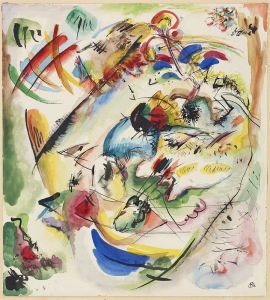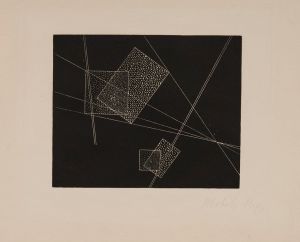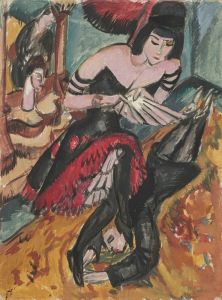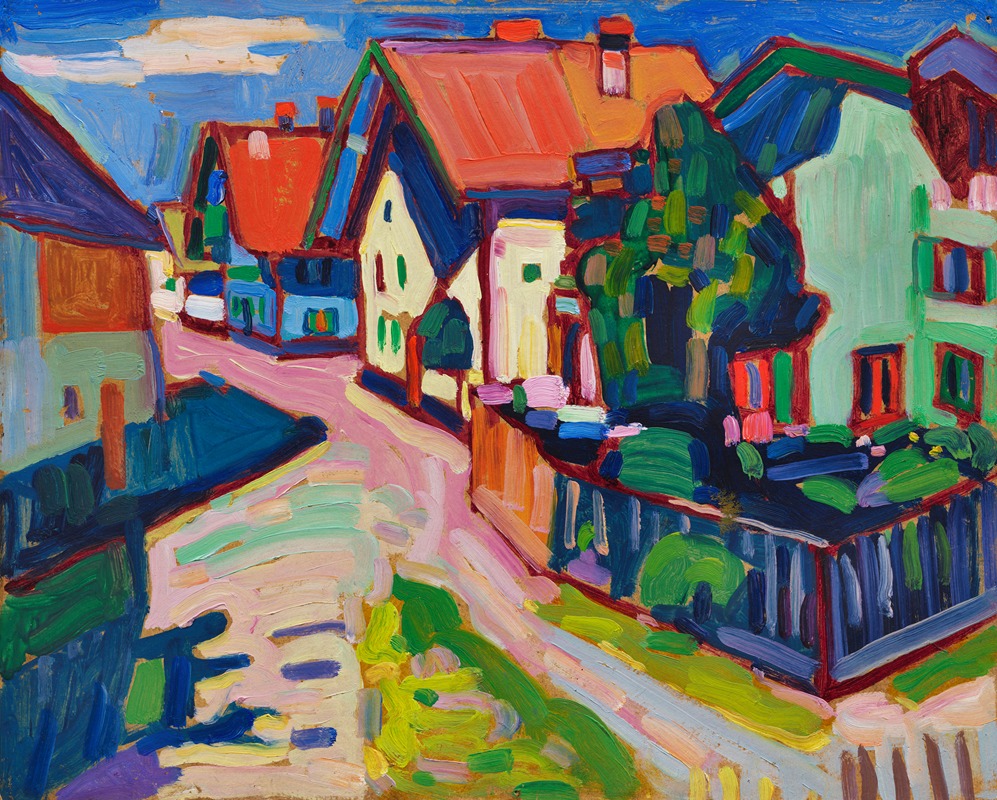
Murnau
A hand-painted replica of Wassily Kandinsky’s masterpiece Murnau, meticulously crafted by professional artists to capture the true essence of the original. Each piece is created with museum-quality canvas and rare mineral pigments, carefully painted by experienced artists with delicate brushstrokes and rich, layered colors to perfectly recreate the texture of the original artwork. Unlike machine-printed reproductions, this hand-painted version brings the painting to life, infused with the artist’s emotions and skill in every stroke. Whether for personal collection or home decoration, it instantly elevates the artistic atmosphere of any space.
"Murnau" is a painting by the Russian artist Wassily Kandinsky, created in 1909. Kandinsky, who is often credited with painting one of the first purely abstract works, was a pivotal figure in the development of modern art. His work during this period reflects his transition from representational art to abstraction.
The painting "Murnau" is named after the small town of Murnau am Staffelsee in Bavaria, Germany, where Kandinsky spent significant time. Murnau was an important location for Kandinsky and his companion, Gabriele Münter, as it served as a retreat and a source of inspiration. The town's picturesque landscapes and vibrant colors significantly influenced Kandinsky's artistic style.
In "Murnau," Kandinsky employs bold colors and simplified forms, which are characteristic of his work during this period. The painting captures the essence of the town's landscape with a vivid palette and dynamic composition. The use of bright, contrasting colors and the reduction of forms to their essential shapes are indicative of Kandinsky's move towards abstraction. This approach reflects his interest in the emotional and spiritual effects of color and form, which he explored in his theoretical writings, such as "Concerning the Spiritual in Art" (1911).
Kandinsky's time in Murnau was also marked by his involvement with the avant-garde art group known as the Blue Rider (Der Blaue Reiter), which he co-founded with Franz Marc in 1911. The group sought to express spiritual truths through art and was instrumental in the development of abstract art. The influence of the Blue Rider is evident in "Murnau," as the painting demonstrates a departure from traditional representation and an embrace of abstraction and expressionism.
"Murnau" is an important work in Kandinsky's oeuvre as it represents a key moment in his artistic evolution. The painting not only reflects his personal experiences and the influence of his surroundings but also his theoretical explorations of color and form. Kandinsky's innovative use of color and abstraction in "Murnau" would go on to influence many other artists and movements in the 20th century.
Today, "Murnau" is recognized as a significant work in the history of modern art. It exemplifies Kandinsky's pioneering approach to painting and his contributions to the development of abstract art. The painting is held in high regard by art historians and continues to be studied and admired for its bold use of color and form, as well as its historical significance within Kandinsky's body of work.





